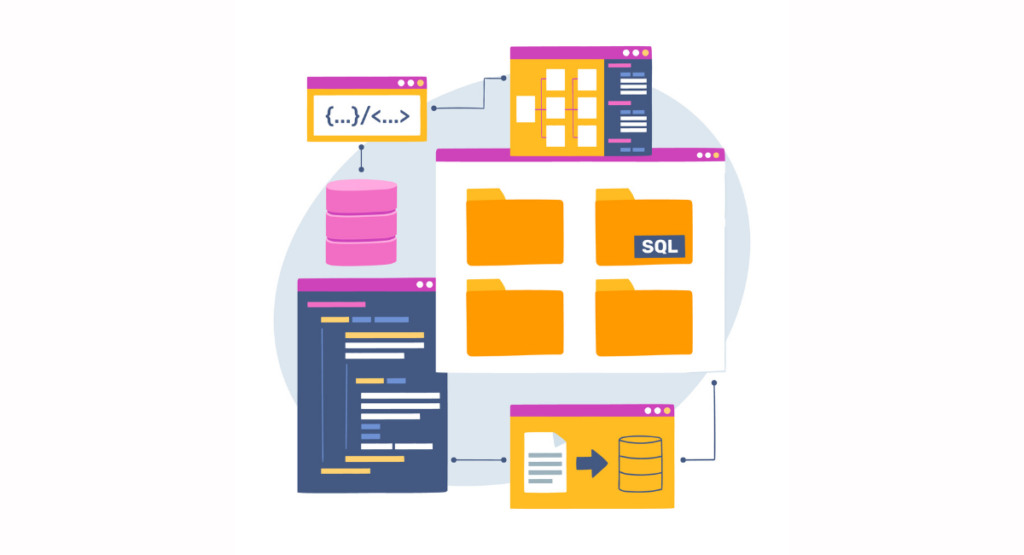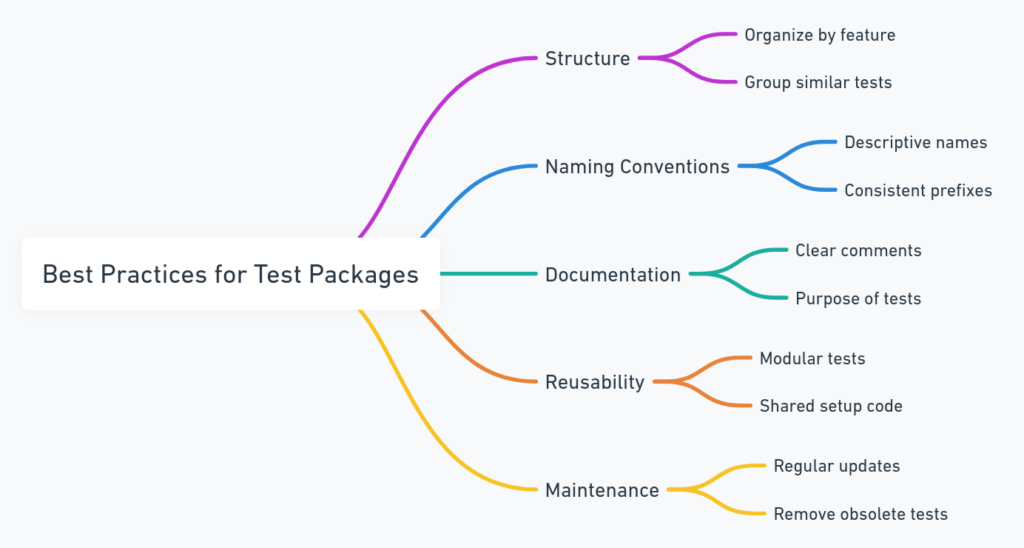Packaged applications are ready-made solutions that can be used to support a variety of business processes. They do not require any custom programming.
It is important to test these applications in order to make sure they work correctly and meet performance standards as well as user expectations.
Effective testing strategies reduce risks, ensure integration with existing systems, and minimize downtime. This guide will examine both manual and automatic testing methods to ensure that your packaged applications run reliably and efficiently.
Understanding Packaged Application Testing

Testing packaged applications is important
It is important to test packaged applications in the environment where they will be used. These applications are designed to meet general needs, rather than specific requirements.
Therefore, testing is essential to ensure they can be adapted to an organization's unique needs. It is crucial to ensure that reliability, performance and security standards are up to par, since these factors directly impact productivity and user satisfaction.
Testing effectively identifies issues that could arise and can help avoid disruptions in the live environment. This protects the technology investment.
Testing packaged applications: Key challenges
Due to their complexity, testing packaged applications can present a number of challenges. It is important to have a thorough understanding of the intended functionality and configuration options. This can take a lot of time and effort.
Testing packaged applications can be difficult because they are rigid with their customization options. Integration testing is another significant challenge, since packaged applications are evaluated on their ability to integrate with existing systems.
Other critical areas that need special attention include data migration issues, dependencies on external systems and maintaining data integrity while testing.
It is also important to ensure that the application can perform well in the real operational environment, which includes a variety of load conditions.
Manual Testing of Packaged Applications

Manual testing strategies
A structured and detailed approach is required when deploying manual test strategies for packaged applications. Following these steps will help you ensure that your testing is comprehensive:
- Requirement analysis: Understand and document in detail the needs and outcomes expected from the application.
- Test Plan Creation: Create a detailed, clear test plan that outlines all scenarios, requirements and outcomes.
- Development of Test Cases: Develop test cases to cover all application scenarios including edge cases.
- Usability testing: Focus on the user experience, ensuring that the application is intuitive.
- Regression testing: Perform full and partial regression test regularly when updating or making changes.
- User acceptance testing (UAT): This is a simulation of real-world conditions in which the application runs and allows a selected group of users to validate its functionalities and performance.
Manual testing: pros and cons
Manual testing of packaged software offers specific benefits, such as the ability to quickly adapt to unexpected issues during testing and to gain detailed insight into the user's experience.
Human testers can use their intuition and critical thinking to test out scenarios they may not have considered during an automated testing phase.
Manual testing has some disadvantages. Manual testing can be time-consuming and labor-intensive, which makes it unsuitable for situations in which time is critical.
Human error can affect the reliability and consistency of results. Manual testing is also limited by its ability to perform a large number complex test cases repeatedly. This is necessary to ensure robustness in the application.
Businesses can deploy packaged applications more effectively if they understand the challenges and importance of testing them.
Automated testing of packaged applications
Automated testing can be a vital strategy to verify the performance and functionality of packaged applications. Teams can focus more on complex application testing by automating repetitive tests.
Tools for Automated Testing
In the world of automated software testing, there are several tools that stand out.
- Selenium is widely used to test web applications. It supports multiple programming language and integrates with other testing frameworks.
- This tool, now known as UFT or Unified Functional Testing (UFT), is preferred because of its rich feature set that makes it suitable for testing desktop applications and web-based applications.
- TestComplete : This tool is known for its easy-to-use interface and allows testers without programming skills to create comprehensive software tests.
- Ranorex is a great tool for both beginners and professionals. It offers detailed reporting, and it supports a variety of technologies and applications.
Automated testing has many advantages
Automated testing has many benefits:
- Consistency: Tests are conducted identically each time. This allows accurate comparisons between different test cycles.
- Speed: Tests are conducted much faster than manually, which allows for more tests to completed in less time.
- Cost-Efficiency: Reduces long-term costs related to repetitive aspects of test efforts.
- Better Coverage: Allows for the execution of many tests that would be impossible to execute manually.
Automated testing has its limitations
Automated testing is not without its limitations.
- Initial investment: high upfront costs because of the need to purchase tools and set up test environments.
- Maintaining Test Scripts: Automated test scripts can be fragile and require frequent updates to keep up with application changes.
- Lack of intuition: Automated testing lacks the human insight to identify nuanced issues with user experience.
Test Packages - Best Practices

A balanced approach integrating both manual and automatic testing is essential to the effective testing of packaged application.
Combining manual testing and automated testing
Maximize efficiency by leveraging the synergy of manual and automated tests.
- Automated testing: Ideal for repetitive, routine and data-intensive test that requires high accuracy.
- Manual testing: Essential for exploring the user experience, accessibility and other subjective parameters which automated tests may overlook.
Both methods are useful in increasing the effectiveness of testing and validating software.
Ensuring comprehensive test coverage
Comprehensive test coverage is crucial to achieving robust software testing.
- Requirement Traceability Matrix: This matrix helps to ensure that every functional requirement has been addressed by one or more tests.
- Different types of testing: Functional, regression, acceptance and performance tests are all important to test different aspects of an application.
- Test Plan Reviews: Review and adapt your test plan regularly to reflect new information and changes to the application environment.
These strategies will ensure that packaged applications work reliably and meet the user's expectations in different environments.
Book a Demo and experience ContextQA testing tool in action with a complimentary, no-obligation session tailored to your business needs.
The conclusion of the article is:
It is essential to test packaged applications thoroughly in today's business world. The goal is the same whether you use manual or automated methods: detect problems early, reduce risk to your business, and deliver a quality product to end users.
Select the right tools and strategies to test the application after you have thoroughly understood its functionality and business purpose.
The rigorous testing of packaged apps not only improves the performance of the application but also contributes significantly to the success any business operation.
Adopt these testing techniques to boost and maintain your competitive advantage in the digital market.
Also Read - How to perform salesforce testing?
We make it easy to get started with the ContextQA tool: Start Free Trial.
